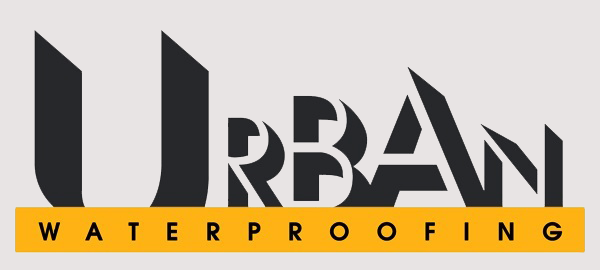
Masonry & Wall Repair
Keeping the structural integrity of your building in tact is key to ensuring it retains long-term value as well as public safety. If the building is compromised structurally, it will be weak, and real damage can be done.
We recommend inspecting your building’s masonry & wall repairs every year to avoid costly future repairs.
Why Invest In Masonry & Wall Repair
Keep your building safe & bring new life to its façade by honoring its intended architectural aesthetics and performance.
When water finds its way into concrete surfaces, it can rust the reinforcing rebar in the concrete. As the rebar continues to rust, it expands, causing the concrete to ‘spall’. A spall is where layers of concrete have broken free of the remaining (sound) concrete.
These spalls can lead to structural problems and water entry points, as well as create safety issues for pedestrians and traffic that use the concrete surface or find themselves below these surfaces.
Building movement can lead to structural cracks in concrete surfaces. Structural cracks not only allow water to penetrate a building, which can lead to spalling, but they can also lead to further structural damage and jeopardize the integrity of the building.
Urban Waterproofing employs a variety of techniques to solve these problems, both before they happen and during a remedial repair. Some of these solutions include chemical grout injection, epoxy injection, spall removal and repair, sealant replacement, and elastomeric wall coating systems.

Types of Buildings We Work On
SUCCESS STORIES
We protect your building envelope from the elements.
Services
-
Brick facades are not very flexible and need regular maintenance of the grout joints to remain as waterproof as possible. While a flame-finished brick is not especially porous, the grout between the bricks is.
The grout also shrinks over time, and cracks develop between the grout and the brick.
Combine this with situations where the grout is recessed between the bricks and little water-harboring ledges are created between each brick, holding the water and allowing it into the substrate.
-
This is the location and repair of loose, delaminated concrete from the building exterior caused by water entering the substrate. When this happens, it causes the steel reinforcing to corrode, expand, and pop off the overlying concrete. This service often includes the installation of new steel reinforcing and the treatment of the remaining reinforcing.
-
Cracks in concrete, EIFS, and stucco require special detailing depending on their size. For moving cracks in excess of 1/16”, it is typical to prepare the crack by making it slightly larger, then install flexible sealant to accommodate future movement. There is likely a reason the building cracked at that location, and it may crack again.
-
EIFS (exterior insulated finishing system) cracks, punctures, and delamination should be repaired as soon as is practically possible to avoid water getting behind the lamina and causing further damage.
Proper repair of EIFS follows very strict guidelines to ensure the strength of the patch and a secure bond to the surrounding area. It takes an experienced hand to blend these repairs into the wall.
-
Water repellants and clear sealers are typically used on concrete, brick, and precast surfaces. Some clear sealers are film-forming, while others are penetrants.
Relatively thin-film, clear sealers are not intended for crack-bridging like an elastomeric coating. When selecting a clear sealer, tests should be performed to make sure the final appearance (sheen, yellowing, or darkening of the substrate) is anticipated.
-
Stucco repairs have to follow careful steps to ensure the new patch is well integrated into the wall. New building paper has to tie into sound paper at the edge of the patch, and a new metal lathe has to be securely attached to the lathe at the edge of the patch as well.
Stucco patches are often made with jagged edges at the edge of the patch to give more angle for the new repair mortar to grab. Finishing the patch takes an experienced hand, though most of the work is done behind that, if the patch is to be secure and last for the long term.













